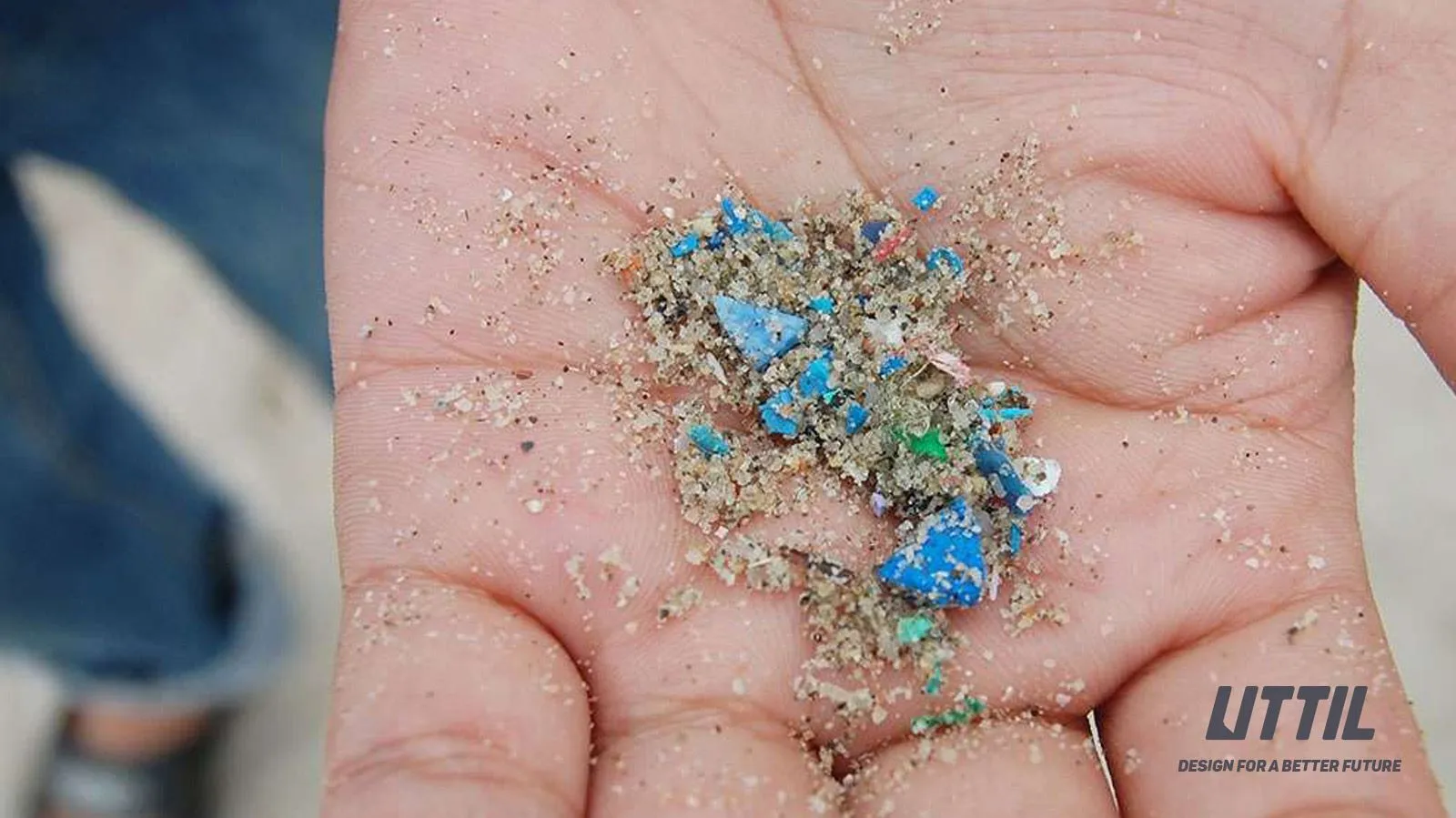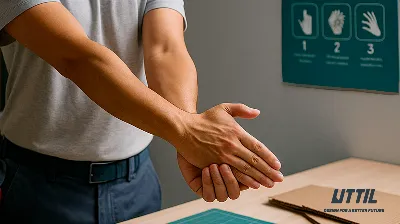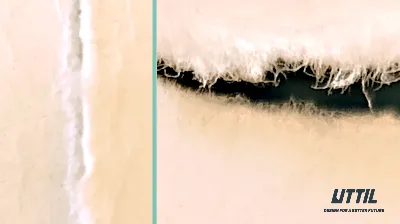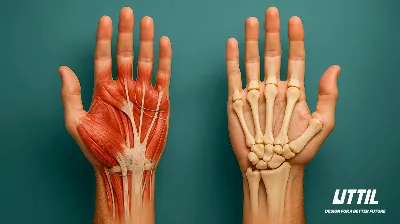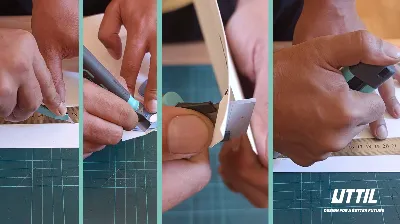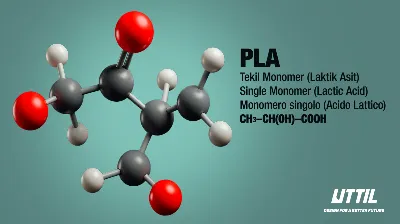Microplastics: Everywhere & Invisible
Photography by Geographical
Let's dive into a topic that's been buzzing around lately: microplastics. If you're imagining tiny plastic toys or miniature bottles, think again. Microplastics are a lot sneakier than that, and they're lurking in places you'd least expect.
Imagine you're enjoying a lovely cuppa. You've boiled the kettle, let your tea steep to perfection, and you're taking that first comforting sip. But did you know that you might just be swallowing tiny plastic particles with every gulp? Sounds like something out of a sci-fi film, doesn't it? But it's a reality we're facing.
Microplastics are teeny-tiny fragments of plastic, often smaller than a sesame seed. And the barmy thing is, they're virtually everywhere. From the water we drink to the air we breathe, these minuscule invaders have made their way into almost every nook and cranny of our planet.
Now, you might be wondering, "How on earth did they get there?" Well, it's a mix of things. Some of these microplastics come from larger plastic items breaking down over time. You know, that plastic bag that flew out of your hand on a windy day or the bottle that didn't quite make it to the recycling bin. But there's more to it. Everyday items like cosmetics, detergents, and even our clothes release these tiny particles into the environment.
And here's the kicker: They're not just staying put. These microplastics are travelling. They've been found in the deepest parts of our oceans, atop the highest mountains, and even in the Arctic snow. It's like they've gone on a global tour and are not planning on returning.
But why should we be bothered about something so small? Well, for starters, marine life can't tell the difference between microplastics and their food. So, when a fish nibbles on these particles, they end up in its system. And if you're a fan of fish and chips on a Friday night, you can see where this is going. Yup, they're making their way onto our plates.
But it's not just about what we're eating. These microplastics can absorb toxins from their surroundings. So, when they enter the food chain, they can carry a chemical cocktail with them. What are the long-term effects on our health? Well, we're still figuring that out, but it's safe to say it's not looking rosy.
A recent article by Celia Ford in Wired Magazine on July 31st, 2023, shed light on a concerning study. Kazi Albab Hussain, a Ph.D. student and new dad, was alarmed by the discovery that plastic baby bottles shed millions of particles into the formula. Curious about the plastic content in baby foods, he conducted a study at the University of Nebraska—Lincoln. The results? When microwaved, these containers released millions of microplastics and even tinier nanoplastics.
Plastics, as Ford highlighted, are complex concoctions of long carbon chains called polymers mixed with chemical additives. Microwaving delivers a double whammy: heat and hydrolysis, causing the container to crack and shed tiny bits of itself as microplastics, nanoplastics, and even toxic chemical components.
The human health effects of plastic exposure are unclear, but scientists have suspected that they aren't good for years. Trinity College Dublin chemistry professor John Boland described these particles as sneaky. Once they enter the body, they coat themselves with proteins, slipping past the immune system incognito, "like Trojan horses."
Hussain's study, as reported by Ford, simulated everyday scenarios using baby food containers. The results were alarming. Most microplastics and nanoplastics were shed during microwaving for both fluids and containers.
Judith Enck, a former EPA (U.S. Environmental Protection Agency) regional administrator and the president of Beyond Plastics, stopped microwaving plastic 30 years ago. She thinks you should, too: "My goodness, especially if you have kids or are pregnant, do not put plastic in the microwave."
Reducing human exposure to plastics will require government action and sweeping corporate change. After all, they're in the air, water, and inside you. Boland says scientists should keep researching to understand precisely what particles are released from plastics under specific conditions. "If you can't measure," he says, "you can't legislate."
So the next time you go shopping or clean, think about these insidious microplastics. Let's make choices that will keep them in check, protecting our beautiful planet and health. After all, it's worth looking after our most precious things.

